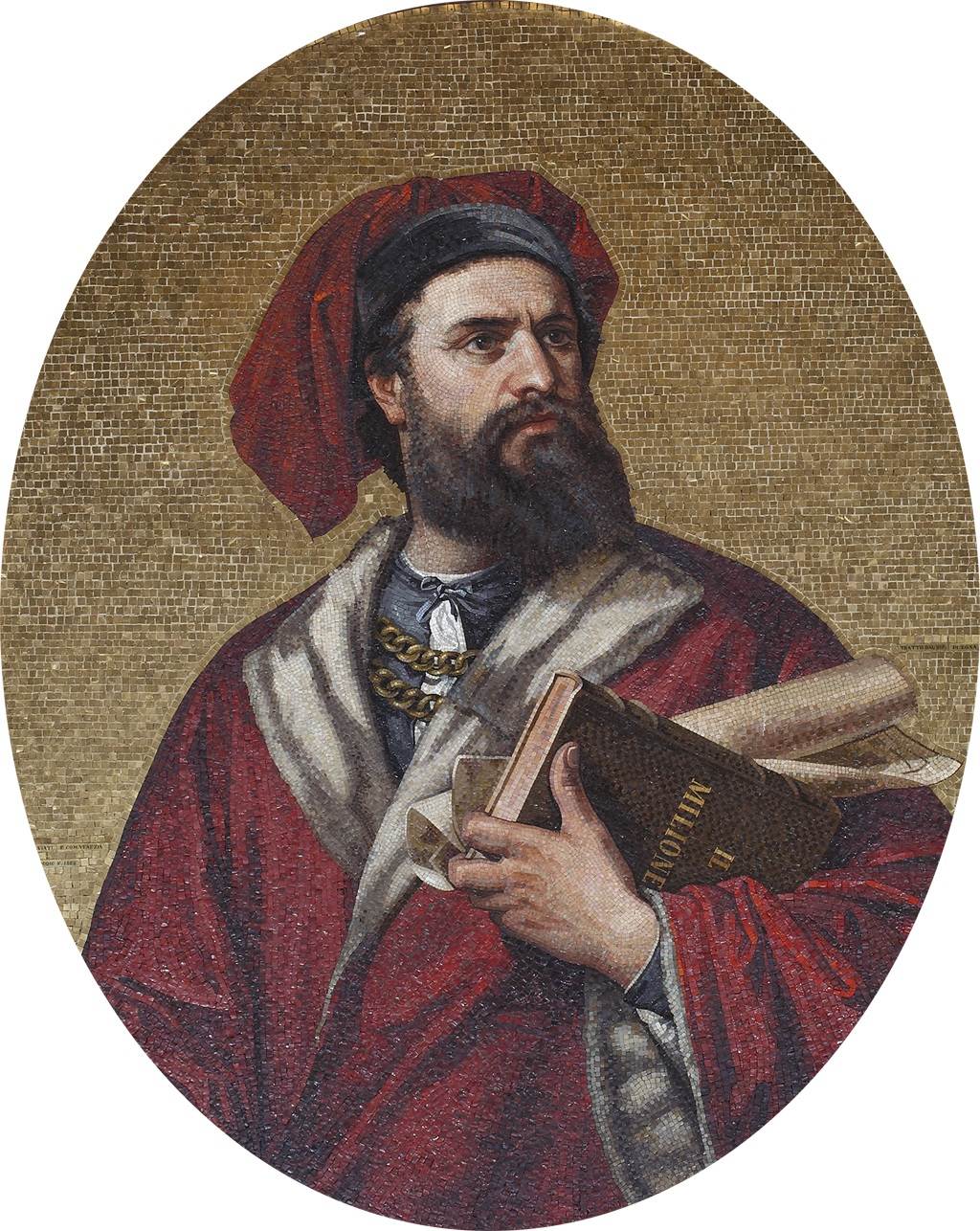In 1271 AD, Marco Polo embarked on his famous journey to Asia, Persia, China, and Indonesia, a land shrouded in mystery and fascination for the Western world at that time. Marco Polo recorded his journey from 1271 to 1291 AD in a work titled The Travels of Marco Polo, which was published in 1300 AD. While much of his book detailed the diverse customs and cultures of the East, including the different ethnic groups he encountered, as well as the varieties of animals and plants associated with them, there is one particular claim that has sparked curiosity and raised eyebrows over the centuries.

In chapter 49, Polo describes a dragon found in a province named Karajan, which is relayed in a matter-of-fact manner without any embellished mythologizing. He also goes on to explain the behavior of the creature and how the people of the area killed them. Marco Polo wrote:
“Leaving the city of Yachi, and traveling ten days in a westerly direction, you reach the province of Karazan, which is also the name of the chief city….Here are seen huge serpents, ten paces in length (about 30 feet), and ten spans (about 8 feet) girt of the body. At the fore part, near the head, they have two short legs, having three claws like those of a tiger, with eyes larger than a forepenny loaf (pane da quattro denari) and very glaring.
The jaws are wide enough to swallow a man, the teeth are large and sharp, and their whole appearance is so formidable, that neither man, nor any kind of animal can approach them without terror. Others are met with of a smaller size, being eight, six, or 5 paces long; and the following method is used for taking them. In the day-time, by reason of great heat, they lurk in caverns, from whence, at night, they issue to seek their food, and whatever beast they meet with and can lay hold of, whether tiger, wolf, or any other, they devour;
After which they drag themselves towards some lake, spring of water, or river, in order to drink. By their motion in this way along the shore, and their vast weight, they make a deep impression, as if a heavy beam had been drawn along the sands. Those whose employment is to hunt them observe the track by which they are most frequently accustomed to go, and fix into the ground several pieces of wood, armed with sharp iron spikes, which they cover with sand in such a manner as not to be perceptible.
When therefore the animals make their way towards the places they usually haunt, they are wounded by these instruments, and speedily killed. The crows, as soon as they perceive them to be dead, set up to scream; and this serves as a signal to the hunters, who advance the spot, and proceed to separate the skin from the flesh, taking care immediately to secure the gall, which is most highly esteemed in medicine.
In cases of the bite of a mad dog, a penny weight of it, dissolved in wine, is administered. It is also useful in accelerating parturition, when the labor pains of women have come on. A small quantity of it being applied to carbuncles, pustules, or other eruptions on the body, they are presently dispersed; and it is efficacious in many other complaints.
The flesh also of the animal is sold at a dear rate, being thought to have a higher flavor than other kinds of meat, and by all persons it is esteemed a delicacy.” —The Travels of Marco Polo, © 1948, Book 2, Chapter XL, pg. 185-186
Marco Polo lived in China for 17 years and reported that the emperor raised dragons to pull his chariots in parades. As early as 1611 BC, the emperor had appointed the post of a “Royal Dragon Feeder.” Books even tell of Chinese families raising dragons to use their blood for medicines and highly prizing their eggs.
In the end, the question remains: Did Marco Polo really encounter these mythical creatures during his time in China, or was it simply a product of his vivid imagination?
Interestingly, the 12 signs of the Chinese zodiac are animals, eleven of which are everyday existent creatures: rat, horse, dog, ox, rabbit, tiger, snake, ram, monkey, rooster and pig. However, the twelfth sign is a dragon. Why would the Chinese include the “mythological” dragon with these commonly known animals?
After reading about Marco Polo, read about Did Alexander the Great encounter a ‘dragon’ in India?




